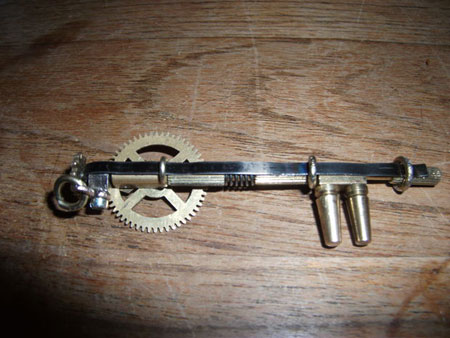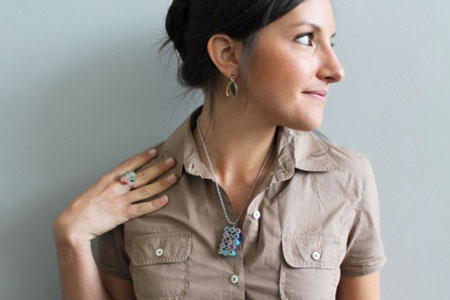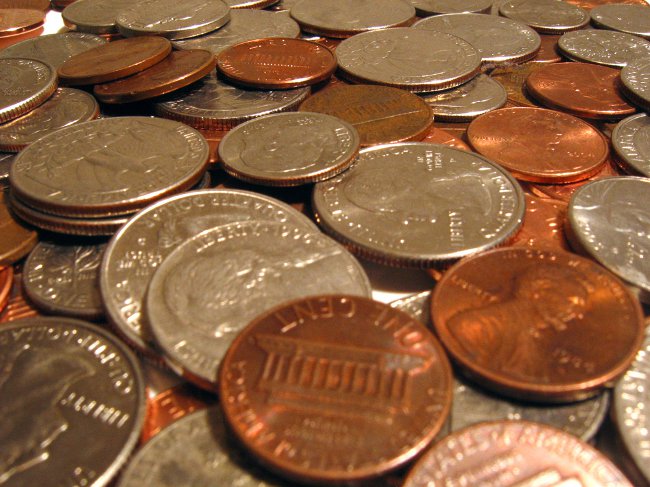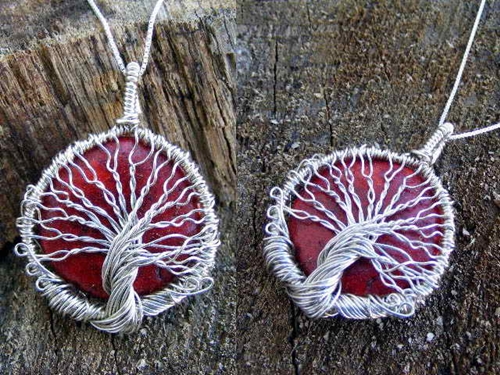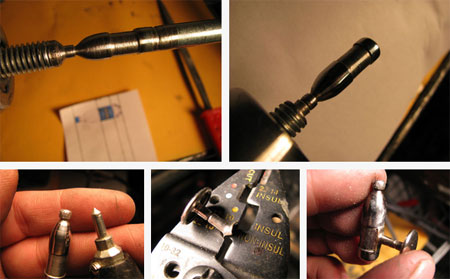How to make a ring from a coin
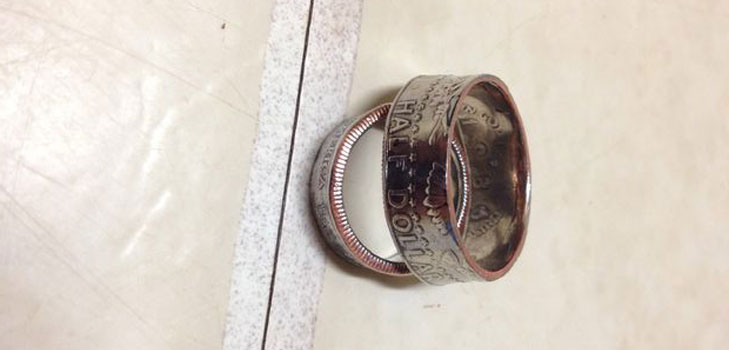
Rings with inscriptions and engraved drawings, including abstract ones, have recently become very popular, and in fact such an ornament can easily come from an ordinary coin.
Anyone can wear a ring from a coin (muchdepends, of course, on the appearance of the coin itself and the intensity of its processing - to smooth it across the width or leave more decorative "potholes," to make the inscriptions more or less noticeable), but most often the overall style of this decoration is "hammered metal", deliberately simple , a rough-worked metal with characteristic small depressions or hollows (it is also called "dragon scales" just for this part), which makes it a particularly good option for men's jewelry.
Necessary materials
In order to make a ring from a coin, take:

- a coin (any, but a diameter larger than a finger, on which it will later be worn.
Beautifully look old coins and other monetarysigns, and, of course, you can pick up a coin so that it reflects some views or details of the worldview of the future owner of the ring (for example, a Soviet coin or a foreign coin - of a certain country and era);
- a hammer;
- drill with a thin drill and chisel;
- pliers;
- propane torch;
- cold water;
- Blank for the rings (steel, dimensional);
- rubber (nylon) kiyanka;
- sandpaper;
- stone or stone surface;
- polishing for aluminum, silver or any other metal from which your coin was made (optional), rags.
Step-by-step instruction
- Punch or drill a hole in the center of the coin.
- Adjust and process the ring. For this step you will need pliers, a burner, water, a stone surface, a ring for rings and a kink.
- Cool the ring with cold water, immersing it with the disc, or wait until it cools down.
- Treat sharp edges with sandpaper, not forgetting that these edges are not completely flat, and especially paying attention to the inner part of the ring, which will adhere to the skin.
- If you want: polish the ring with a special tool for the metal from which it was made. Most coins are alloys, but polishing for aluminum fits most of them.
It is best to drill first, and then expand it with a chisel and a hammer. The hole does not need to be the same diameter as the finger, the ring still stretches during further processing.
The width of the future ring will be equal to the left"belt" of metal around the hole. Usually in this place there are inscriptions on the coins and about half of the whole drawing, so that the ring will be decorated in a natural way. Coins of some countries already have in the middle a hole (for example, some Chinese or Indonesian coins), so that in these cases it will only expand it.
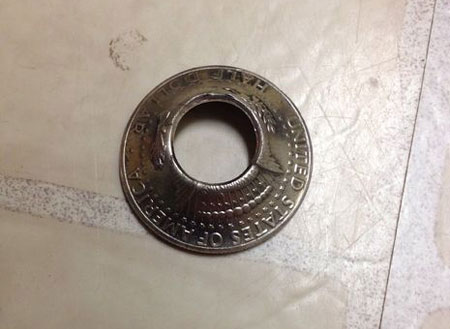
Put the workpiece on the blank, making sure thatit passes at least a few points of size; then remove, put on a stone and heat the workpiece with a burner. As soon as the metal turns red (and this happens fairly quickly), take the coin with the pliers and put it on the disc, treating it with the mallet so that the edges curl upwards (or downwards - depending on which side you want to see the "face"). Tap the kyanite not very strongly, so as not to erase the inscriptions and patterns, and move the coin lower or higher over the disc (for this, remove it and flip it with pliers) until it reaches the desired size.
Repeat the heating and adjustment until the workpiece is almost flat and does not fit snugly against the steel surface of the blank.
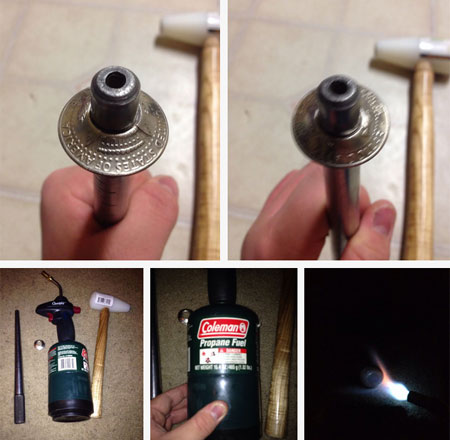
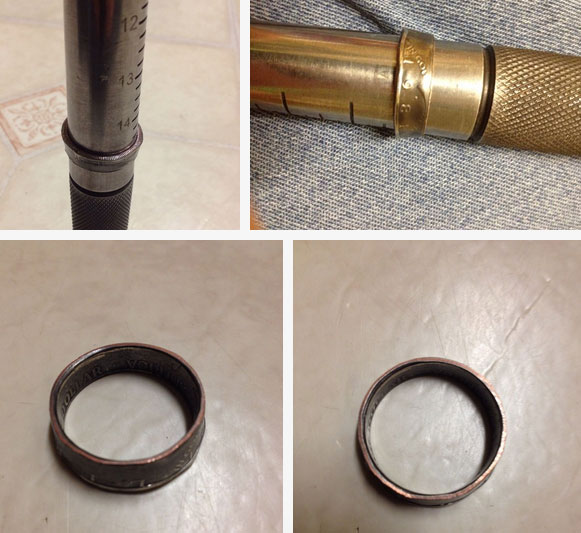
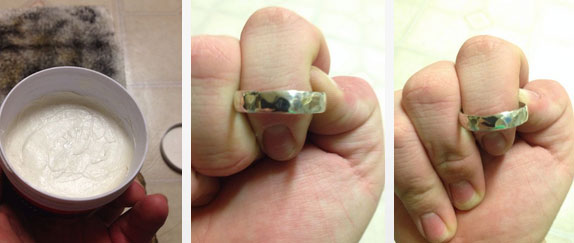
If not: clean and wash the ring, and it's ready.




